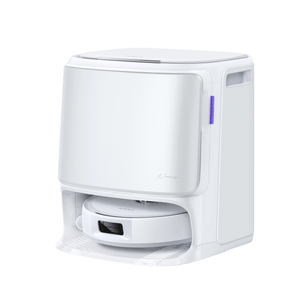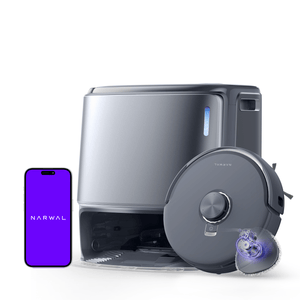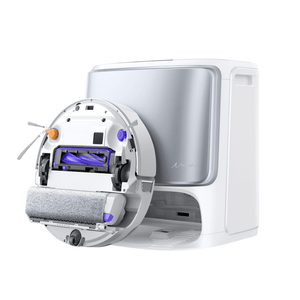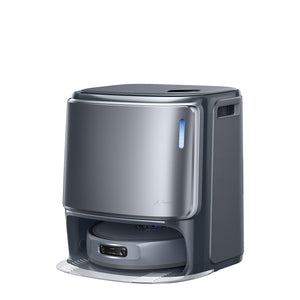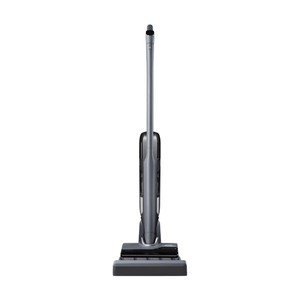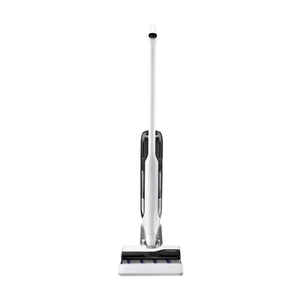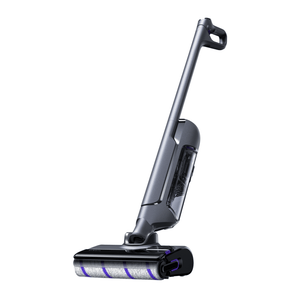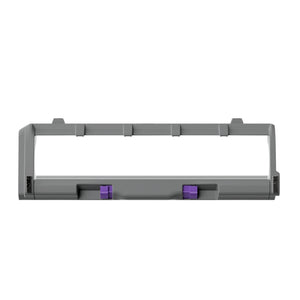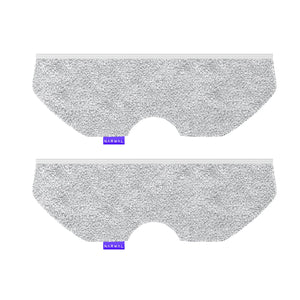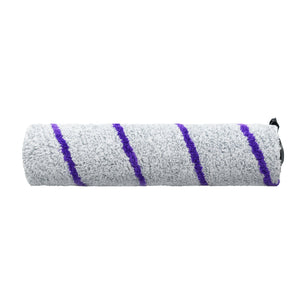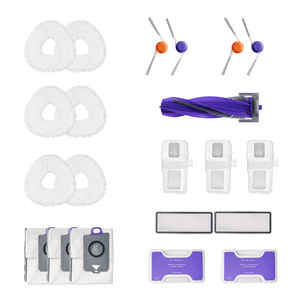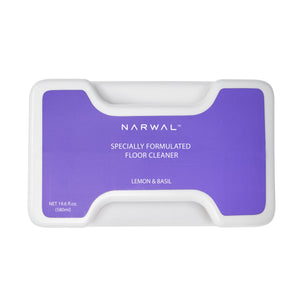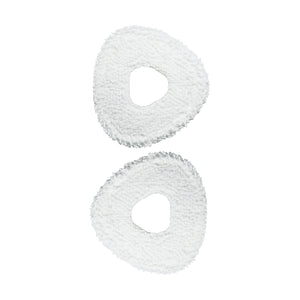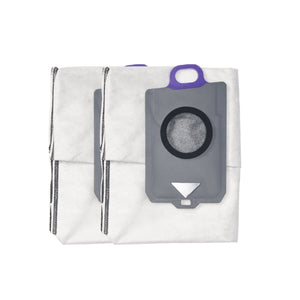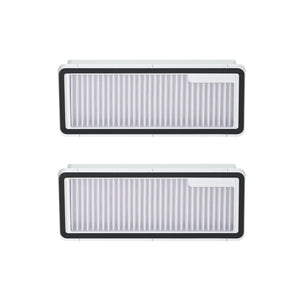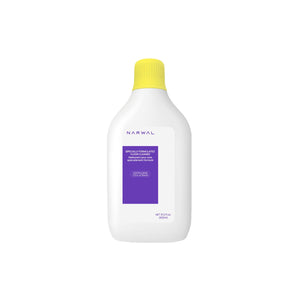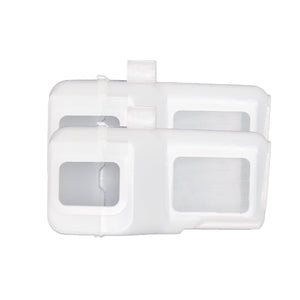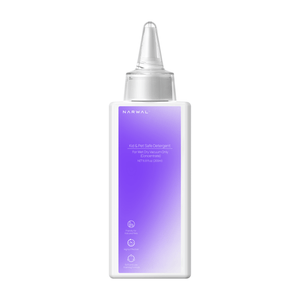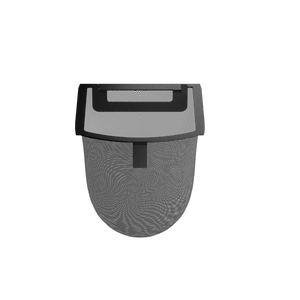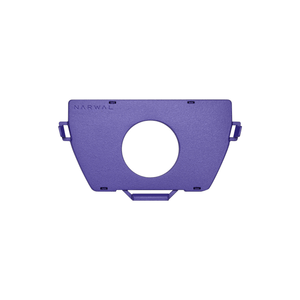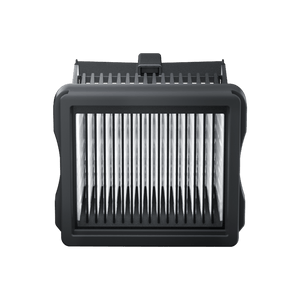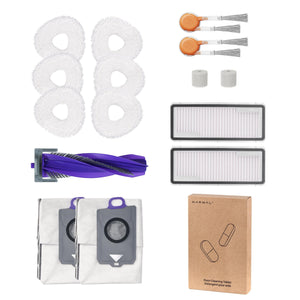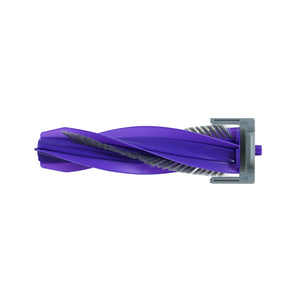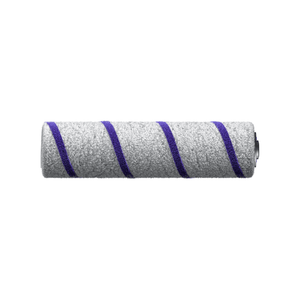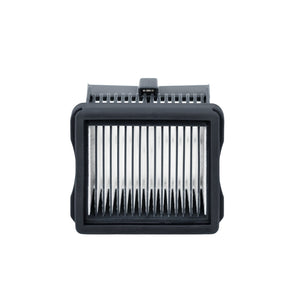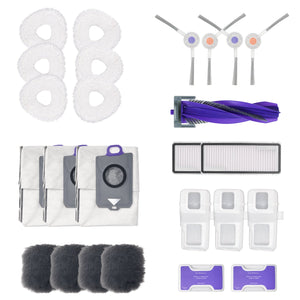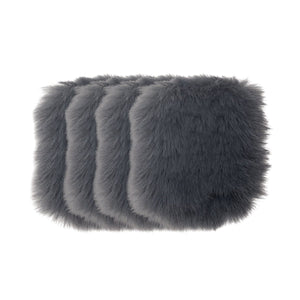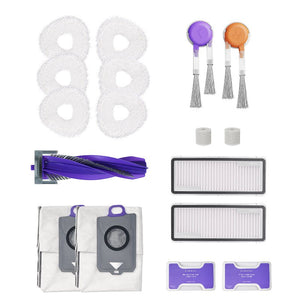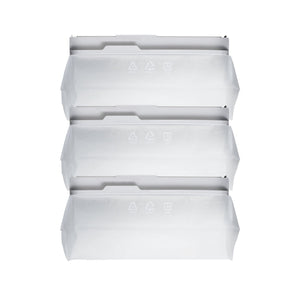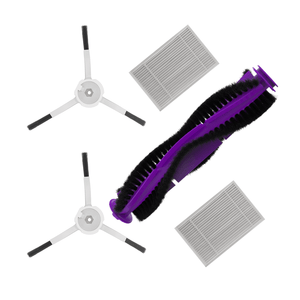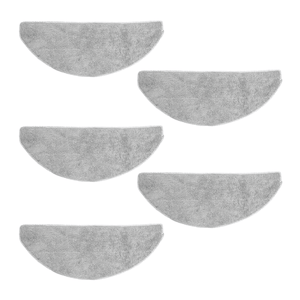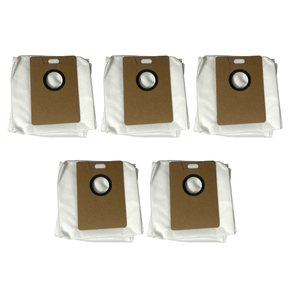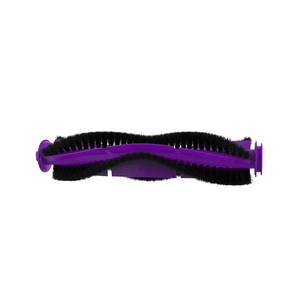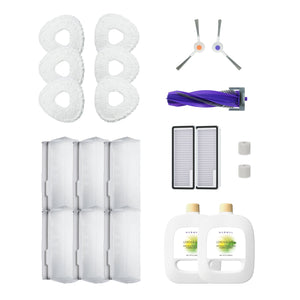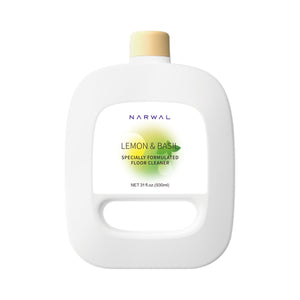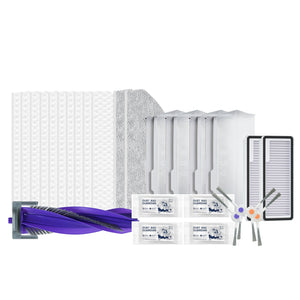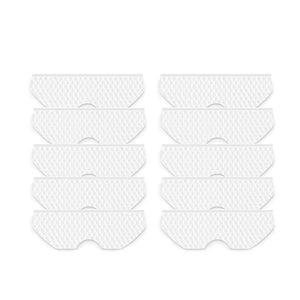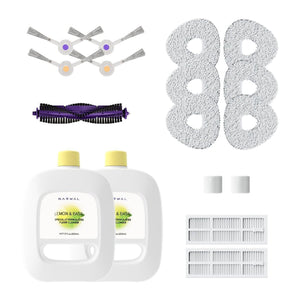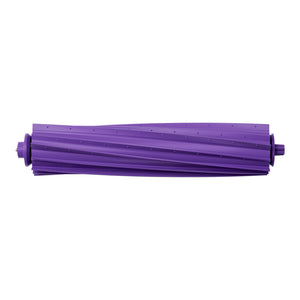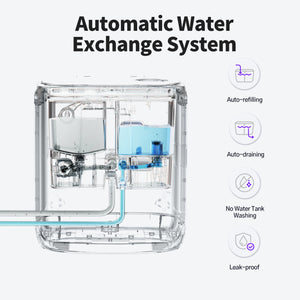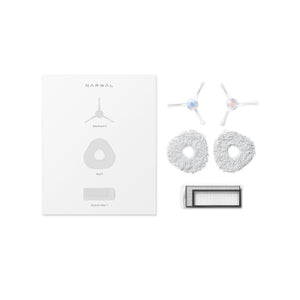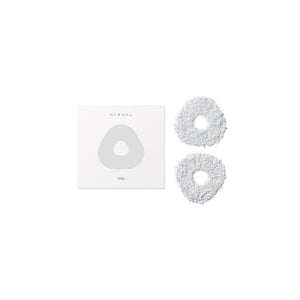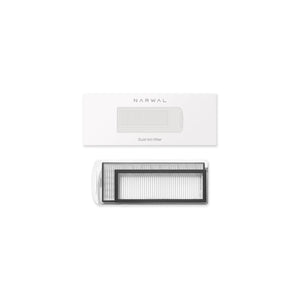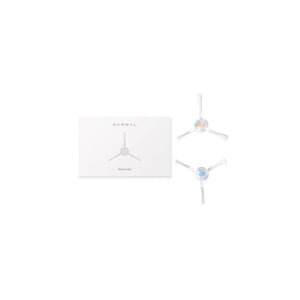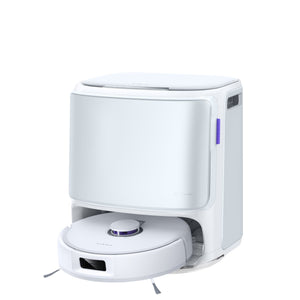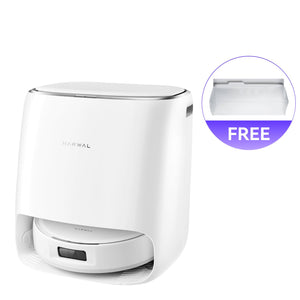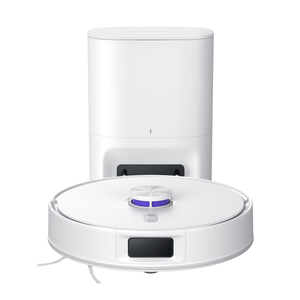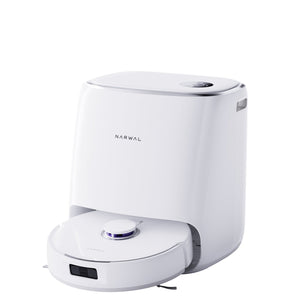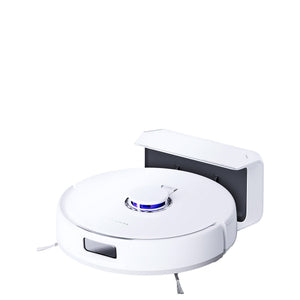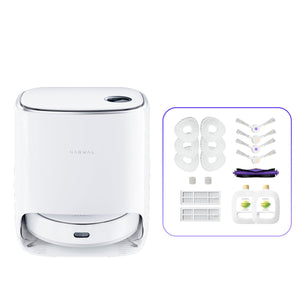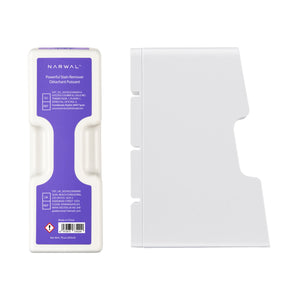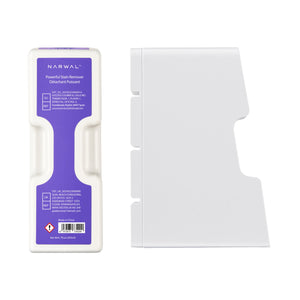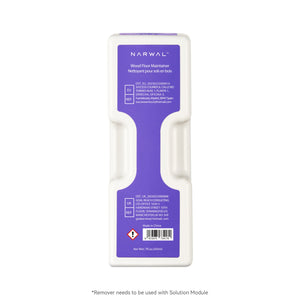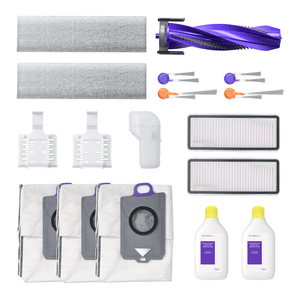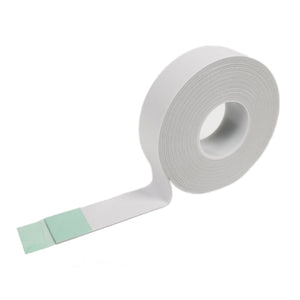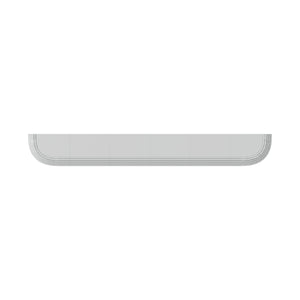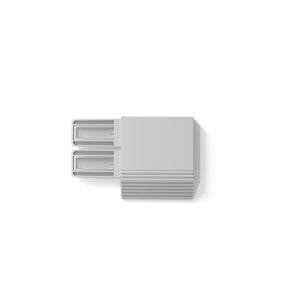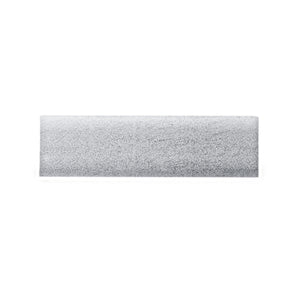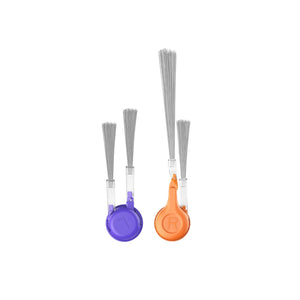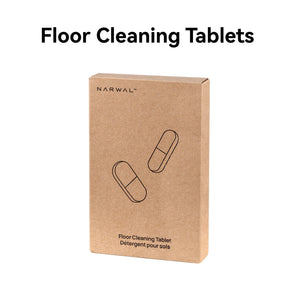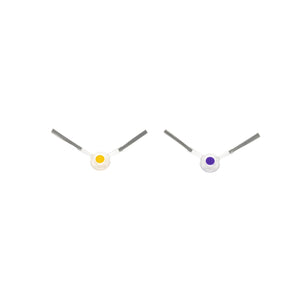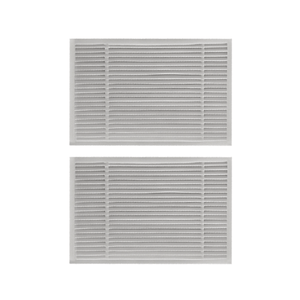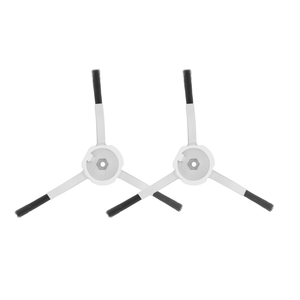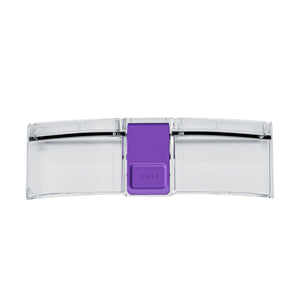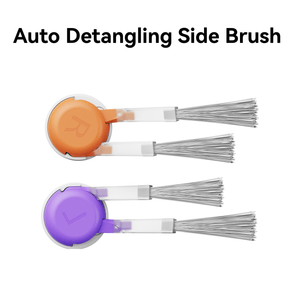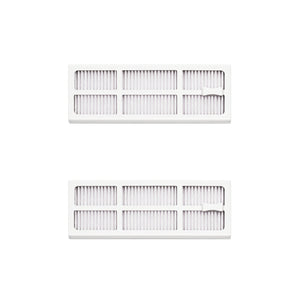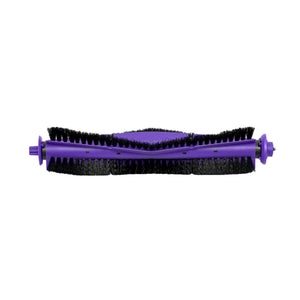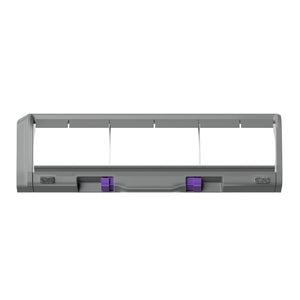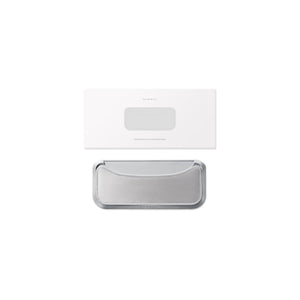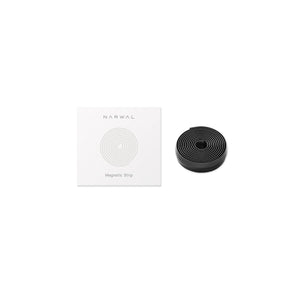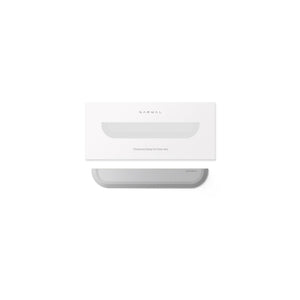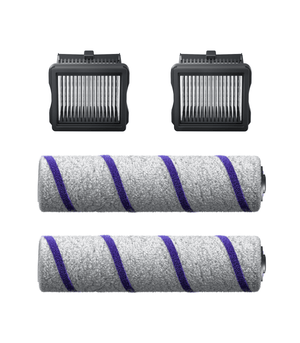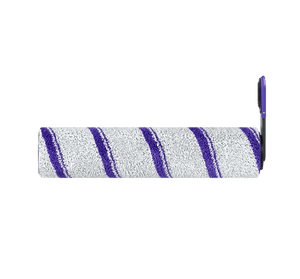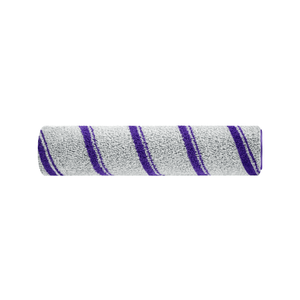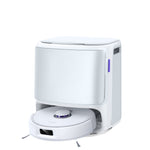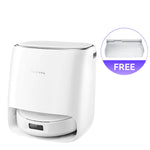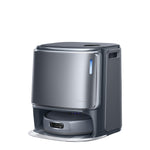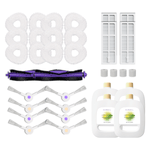Should you get a vacuum with a beater bar? It depends on the type of floors in your home and how deeply you need to clean. The beater bar is designed to lift embedded dirt from carpets more effectively than suction alone, but it’s not always ideal for hard floors or delicate rugs.
In this article, we’ll explain what a beater bar is, how it works, and when it makes sense to use one. You’ll also learn the differences between vacuums with and without a beater bar, how to use it safely, and how to maintain it for long-term performance.
By the end, you’ll know whether a beater bar vacuum fits your cleaning needs—and how to choose the right one for your home.
What Is a Beater Bar and How Does It Work?
A beater bar is a round brush that spins quickly at the bottom of many vacuum cleaners. It is also called a brush roll or rotating brush. As one of the key components of a robot vacuum or upright model, the beater bar plays a major role in deep carpet cleaning.
This brush is powered by the vacuum’s motor and helps pull dirt and dust out from deep inside carpets. As the beater bar spins, its bristles move across the carpet. This shakes the carpet fibers and loosens anything stuck inside, like dust, crumbs, or pet hair. After the dirt is lifted, the vacuum's suction pulls it into the machine.
Most modern vacuums use softer bristles made of nylon or plastic instead of metal. These are safer for your floors and still strong enough to clean well. Some vacuums let you turn the beater bar on or off. This is helpful when cleaning hard floors or rugs that can be damaged by the spinning brush.
Using a beater bar helps your vacuum clean more deeply, making your carpets look and feel fresher.

Do You Need a Vacuum with a Beater Bar?
Not every vacuum works best for every floor. Choosing between a vacuum with a beater bar or one without depends on the type of surface you clean most.
Vacuums with a beater bar are great for carpets. The spinning brush moves the carpet fibers to lift dust, pet hair, and dirt. This helps the vacuum clean deeper, especially on thick carpets. If your home has pets or carpeted rooms with lots of foot traffic, a beater bar can make a big difference.
However, the spinning brush may not be good for hard floors like wood or tile. It can sometimes scratch the surface or push dirt around instead of picking it up.
Vacuums without a beater bar are better for smooth floors and delicate rugs. These vacuums use suction only, which is gentler. They work well for hardwood, tile, and low-pile rugs, but they may not remove dirt from deep inside carpets as well.
Some vacuums let you turn the beater bar on or off. This is a good option if your home has both carpets and hard floors. You can use the brush when needed and turn it off for more delicate areas.

Beater Bar Attachments for Specific Needs
The right attachment can make your vacuum much more effective. Based on in-home testing and customer feedback, Narwal has designed specialized beater bar attachments for different cleaning tasks.
For pet hair
Pet hair often sticks to carpets and upholstery, especially in homes with long-haired pets. Narwal’s pet-focused attachments use firm, spiral-patterned bristles to pull up fur without getting tangled. In internal tests, these tools removed up to 40% more pet hair compared to standard brush rolls. Many pet owners also say these brushes are easier to clean and maintain.
For large spaces
Cleaning wide areas like offices or open-plan homes can take time. Commercial-grade attachments from Narwal use a broader brush design that covers more floor in a single pass. These attachments are tested for daily use and built to last longer under heavy cleaning loads.
For delicate rugs
Wool, silk, and antique rugs need gentle care. Standard beater bars can damage soft fibers, so Narwal offers a soft-bristle roller designed to reduce wear. According to lab trials, this attachment preserves fiber shape and texture even after multiple uses.
Whether you're dealing with pet fur, high-traffic floors, or fragile rugs, using the right beater bar attachment helps protect your surfaces while boosting your vacuum’s performance.

Best Vacuums with and without Beater Bar
Choosing the right vacuum depends on the type of floors you have and your cleaning needs. Narwal offers innovative vacuums that combine powerful suction, smart navigation, and cutting-edge features. Whether you're looking for a vacuum with a beater bar (roller brush) for deep carpet cleaning or one without for gentler, low-maintenance cleaning, Narwal has a solution for every home. Let’s take a look at the best options.
Best Vacuums with Beater Bars
The right vacuum depends on the type of flooring in your home and how much cleaning power you need. Some vacuums come with beater bars to lift dirt from carpets more effectively, while others rely on suction alone for a gentler clean on hard surfaces.
Vacuums With Beater Bars
These vacuums use a spinning brush (also called a roller brush) to lift debris from deep within carpet fibers. They are most effective for thick carpets or homes with pets.
-
Narwal Freo Z10: A robot vacuum and mop with a roller brush, self-cleaning system, and smart floor detection. Designed to switch easily between carpets and hard floors.
-
Narwal S20 Pro: Offers strong suction and a roller brush, with automatic adjustments based on floor type. Built to handle pet hair and busy household messes.
-
Narwal Freo Pro: Combines a powered brush with AI-based navigation for more efficient whole-home cleaning across different surfaces.
These models support both carpet and hard floor cleaning, making them suitable for mixed-floor households.
[cta:narwal-freo-z10-robot-vacuum-mop]
[cta:narwal-s20-pro-vacuum-mop]
[cta:narwal-freo-pro-robot-vacuum-mop]
Vacuums Without Beater Bars
Vacuums without a rotating brush are quieter and more gentle. They’re a good choice for hard floors like wood or tile, or for homes with delicate rugs.
-
Miele Complete C3 Hard Floor: A canister vacuum designed for hard surfaces. It offers powerful suction without a brush roll.
-
iRobot Roomba 675: A robot vacuum that cleans with suction alone. Works well for smooth floors and low-pile rugs, and is easy to maintain.
Both types of vacuums have benefits. If your home has mostly carpet, a beater bar may improve cleaning results. If your floors are mostly hard surfaces or you want lower maintenance, a brushless model may be a better fit.
Why Consider a Narwal Vacuum
For households with mixed flooring types or specific cleaning needs, vacuums that balance power and adaptability can make a meaningful difference. Narwal vacuums are designed with several features aimed at improving daily use and long-term performance.
-
Tangle-Resistant Design: Narwal’s roller brush system is built to reduce hair tangles. This can be especially helpful in homes with pets or long hair.
-
Smart Navigation: Equipped with advanced sensors and mapping technology, Narwal vacuums can detect floor types and adjust cleaning patterns. This helps improve coverage and efficiency on both carpets and hard floors.
-
Self-Cleaning and Drying: Some models include self-cleaning and drying stations, which help keep the brush roll and mop pads ready for the next use. This reduces manual maintenance and helps maintain performance.
-
Combined Vacuum and Mop Functionality: Select Narwal models offer both vacuuming and mopping in one unit, which can be convenient for homeowners looking for an all-in-one floor care solution.
These features may be useful for those who want strong performance across surfaces without needing to manually switch settings or perform frequent upkeep. As always, the best vacuum depends on your space, flooring, and how much automation you prefer.

How to Use a Beater Bar for Better Cleaning
The beater bar helps remove dirt from deep inside carpet fibers. But to get the best results—and protect your floors—it’s important to know when and how to use it.
When to Use the Beater Bar
-
Use it on thick carpets. The spinning brush is most helpful for high-pile or soft carpets, where dust and pet hair can hide deep inside.
-
Avoid it on hard floors. On wood, tile, or laminate, the brush can scratch the surface or scatter debris. Turn it off and use suction only.
-
Be careful with rugs. On low-pile rugs or delicate fabrics, the spinning brush may pull the fibers. Use a low brush setting, or turn the bar off.
How to Use It Correctly
-
Set the right height. If your vacuum lets you adjust the brush height, use a higher setting for thick carpets and a lower one for flat surfaces.
-
Vacuum slowly. Move the vacuum slowly over carpets. This gives the brush time to lift dirt from the fibers.
-
Let smart features help. Some vacuums, like Narwal models, can detect floor types and adjust the beater bar automatically. This helps protect floors without changing settings yourself.
Using the beater bar the right way keeps your carpets cleaner and your floors safer.
How to Maintain Your Beater Bar
A clean beater bar helps your vacuum work better. Over time, dust, hair, and fibers can build up and slow it down. Here’s how to keep it in good shape.
1. Cleaning the beater bar
You should clean the brush roll every 1 to 2 weeks, or more often if you have pets.
-
Turn off and unplug the vacuum.
-
Remove the brush roll as shown in your vacuum’s manual.
-
Use scissors to cut away tangled hair and threads. Be careful not to cut the bristles.
-
Wipe off dust with a damp cloth. Let it dry before putting it back.
-
Check both ends of the bar for stuck dirt. Clean the bearings if needed.
2. When to replace it
Even with regular cleaning, the beater bar can wear out over time. You may need to replace it every 6–12 months depending on use.
Look for these signs:
-
Bristles are flat, frayed, or missing
-
The brush no longer spins smoothly
-
It makes noise or feels unbalanced when running
Follow your vacuum’s manual to find the right replacement. After swapping in a new brush, test it to make sure it spins well and cleans effectively.
Keeping the beater bar clean and in good shape helps your vacuum perform at its best—and protects your floors too.

Conclusion
In this article, we’ve covered the importance of the beater bar for deep cleaning, especially on carpets. It helps lift dirt trapped deep in the fibers for a thorough clean. We also explored when to use a beater bar (for carpets) and when to turn it off (for hard floors and delicate rugs).
Maintaining the beater bar by cleaning and replacing it when worn is essential for optimal performance. We also highlighted how Narwal vacuums simplify cleaning with features like tangle-free technology and smart navigation.
Ready for a smarter clean? Narwal offers the perfect solution for both carpets and hard floors—try one today and enjoy effortless cleaning!
1. What Is the Difference Between a Beater Bar and a Brush Roll?
A beater bar is a more aggressive type of brush roll designed for deep carpet cleaning. While all beater bars are brush rolls, not all brush rolls are beater bars. Brush rolls can be used on both carpets and hard floors, but beater bars work best on thick or plush carpets due to their stronger bristle action.
2. What Does a Beater Bar Look Like?
A beater bar looks like a spinning cylinder with rows of bristles, usually made from nylon. It’s located under the vacuum head and rotates as you clean to lift dirt and dust from the carpet.
3. Can You Turn Off the Beater Bar on a Vacuum?
Yes, many modern vacuums allow you to turn off the beater bar. This is helpful for protecting hardwood, tile, or delicate rugs. Some robot vacuums, like Narwal, adjust automatically based on the floor type.
4. Do All Vacuums Come With a Beater Bar?
No, not all vacuums have a beater bar. Some models—especially those made for hard floors or delicate surfaces—use suction only. These are quieter and safer for smooth flooring.
5. How Often Should You Clean the Beater Bar?
You should clean the beater bar every one to two weeks, or more often if you have pets. Hair and threads can wrap around the brush and reduce its performance. Regular cleaning helps your vacuum last longer and work better.




